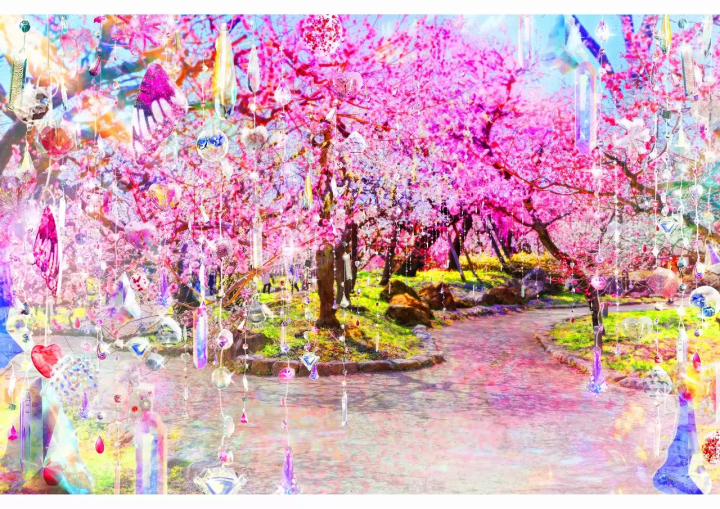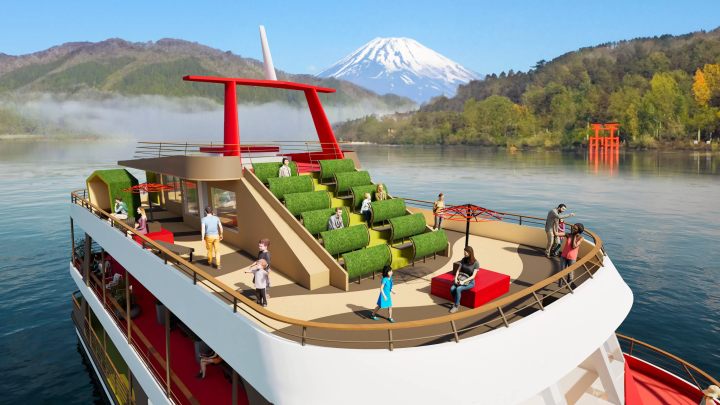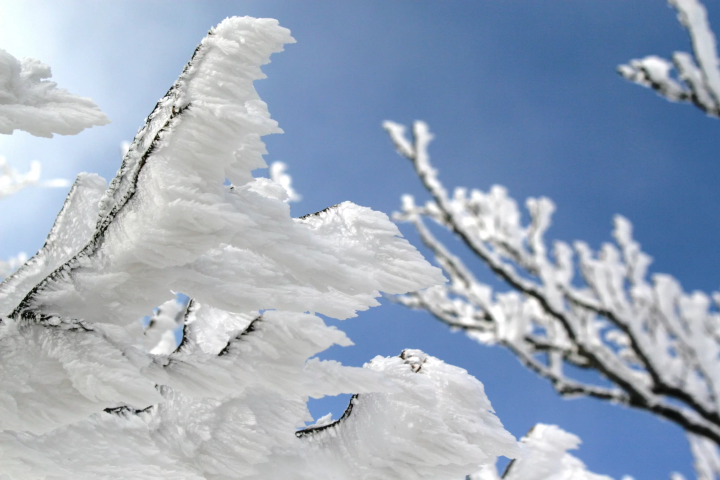How to enjoy Mashiko Vol. 2 ~Visiting ancient temples and shrines that exude the spirit of the Middle Ages~

Mashiko town is famous for its Mashiko ware, and the Mashiko Pottery Market, held every spring and autumn, attracts a total of about 600,000 visitors in total. However, Mashiko town actually has many other attractive tourist spots besides Mashiko ware. In this second installment of our guide to ways to enjoy Mashiko, we will introduce ways to enjoy Mashiko other than Mashiko ware.
Cultural Assets of Mashiko
There are many nationally designated cultural properties built in the Middle Ages, which are rare in eastern Japan.
At Saimyoji Temple, located on the middle slope of Mt. Takadate, the tower gate and three-story pagoda from the Muromachi period mark the passage of time, while Jizoin Temple and Tsuna Shrine quietly sit in the Ooba district, which was a place of prayer for the Utsunomiya clan.
Why not let your thoughts wander back to the distant history while surrounded by the scent of plants and trees?
Jizoin Temple (Nationally designated important cultural property: Main hall)
Utsunomiya family graveyard (prefectural designated historic site)
Tsuna Shrine (Nationally designated important cultural property)
Okura Shrine (Nationally designated important cultural property)
Saimyoji Temple (Nationally designated important cultural properties: tower gate, three-story pagoda, main hall shrine)
Entsuji Temple (Nationally designated important cultural property: front gate, Prefecturally designated cultural property: Issaikyo Tower)
Oyake Tomb Group (Prefectural designated historic site: Tomb No. 1 to 18)
Mashiko Town stretches gently in the southeastern part of Tochigi Prefecture, north of the Kanto Plain. This land, nurtured by the changing nature of the four seasons and gently rolling mountains, produces high-quality potter's clay, which is the raw material for pottery. When you wrap it in your palm, you can feel the warmth of the earth, and it has become known not only in Japan but also overseas as ``Mashiko ware''. Another major attraction is the enterprising character of the area, which has long been a base for the folk art movement and has welcomed potters from both Japan and abroad. You will be able to experience the depth of Mashiko every time you come into contact with its long-cultivated history, culture, and rich nature.
The contents on this page may partially contain automatic translation.







































![[For beginners and debutants] Special feature on recommended ski resorts and ski tours!](https://resources.matcha-jp.com/resize/720x2000/2025/12/26-254120.webp)



